Slavonians would build agrisolar power plants. The challenges of modern society demand innovative solutions, which sometimes means combining seemingly incompatible elements – solar power plants and agricultural production. Behind us, according to data from the Copernicus Climate Change Service, is the warmest year since records began. Agriculture is the first to be hit by climate change, so agro-solar power plants are offered as one of the solutions.
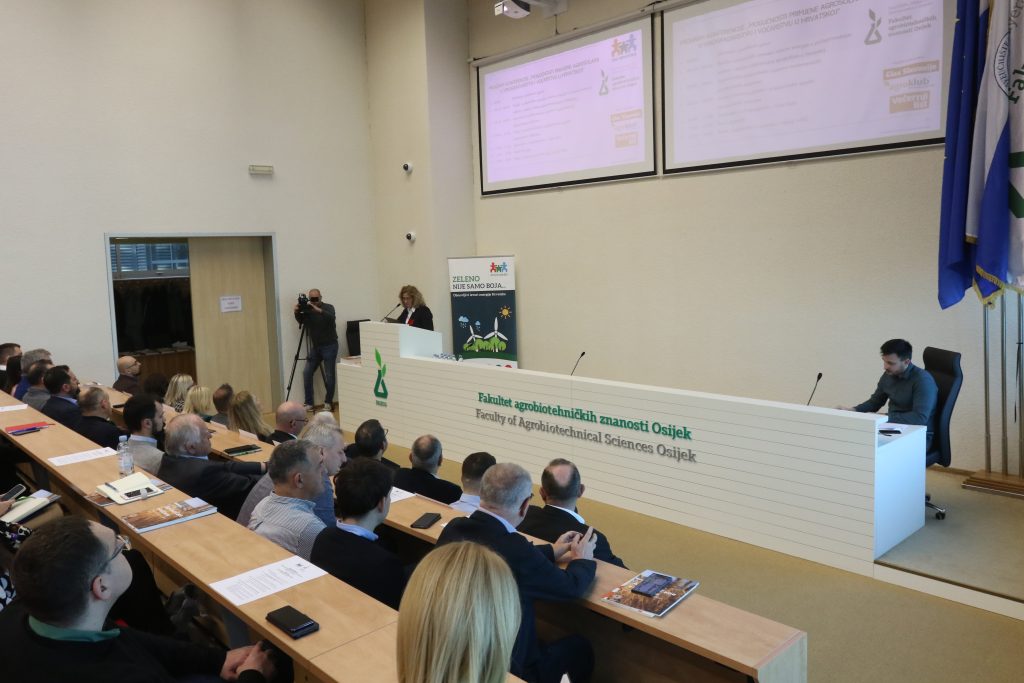
Due to a large number of inquiries about agrisolar systems specifically from our largest agricultural region, the Renewable Energy Sources of Croatia, together with the host, the Faculty of Agrobiotechnical Sciences in Osijek, presented to many interested Slavonians on Thursday, February 1, in the faculty hall Aula Magna, the possibilities of using agro-solars in viticulture and fruit growing in Croatia.
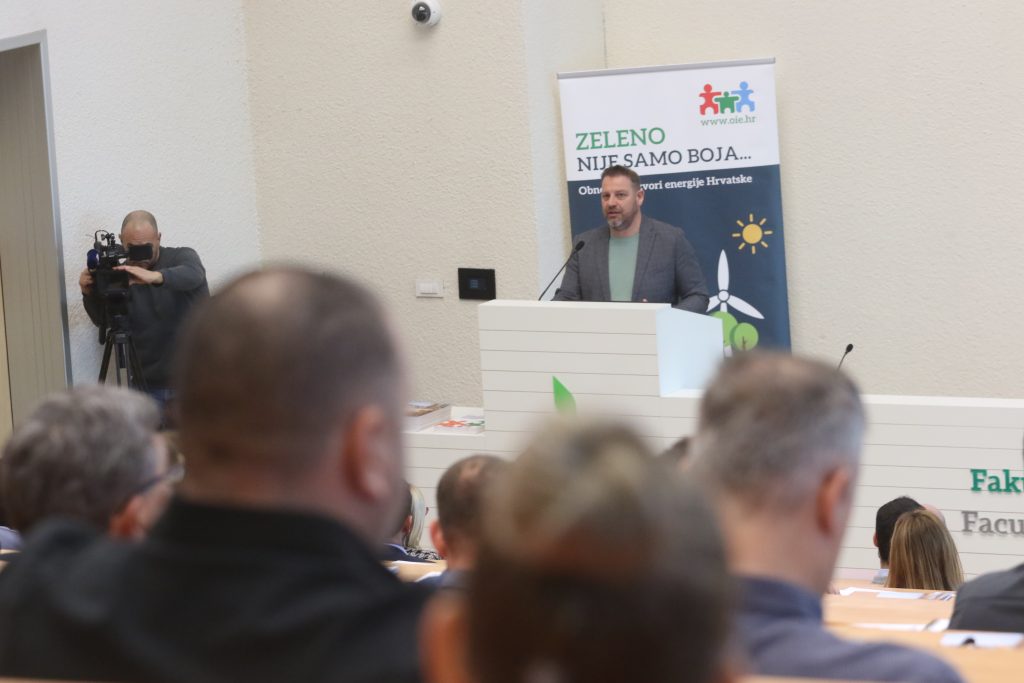
The Dean of the Faculty of Agrobiotechnical Sciences Osijek, Prof. Dr. Krunoslav Zmaić, emphasized in his welcoming speech how the tradition of the faculty is to research new scientific knowledge that can help cultures adapt to the changes we are witnessing, and agro-solars are a good direction in that regard.
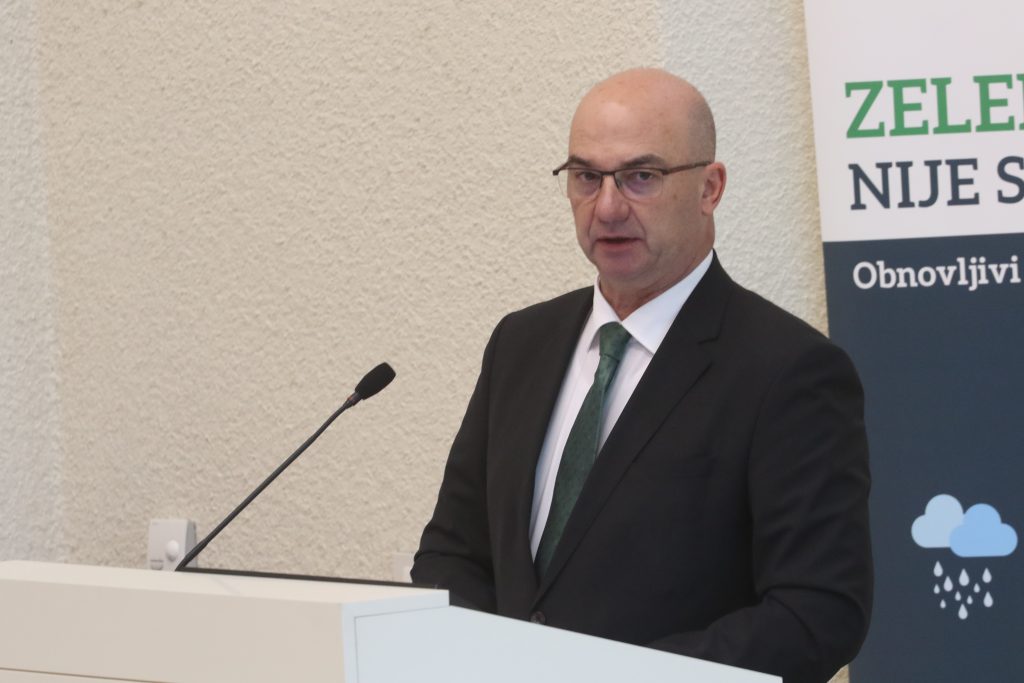
That renewable energy is the future our country has opted for was stated at the opening of the conference by the State Secretary at the Ministry of Economy and Sustainable Development, Ivo Milatić, who added that we are in a high 8th place in Europe by the share of renewable sources but still import energy, and therefore we need multi-sectoral solutions like agro-solars especially in Slavonia which can absorb this energy into the network and also a great capacity for the application of agrisolars.
At the conference “Possibilities of Applying Agrisolars in Viticulture and Fruit Growing in Croatia” in Osijek in front of more than two hundred participants, a “Study on the potential use of solar energy in the agriculture sector and freshwater aquaculture” was presented. The creation of this study was initiated by the Renewable Energy Sources of Croatia (OIEH) and financed by the European Bank for Reconstruction and Development (EBRD). In its preparation, besides OIEH, the Faculty of Agriculture of the University of Zagreb, the Faculty of Agrobiotechnical Sciences in Osijek, and the Institute for Adriatic Crops and Karst Reclamation from Split participated.
Maja Pokrovac, RESC managing director, emphasized during the presentation of the study that we can no longer stand by and watch our vineyards dry up and our orchards destroyed by hail when we know that agrisolars, as an agrotechnical measure, can help reduce damage from weather disasters. We must show, she added, a dose of patriotism and help Slavonia to produce its energy where it is needed.
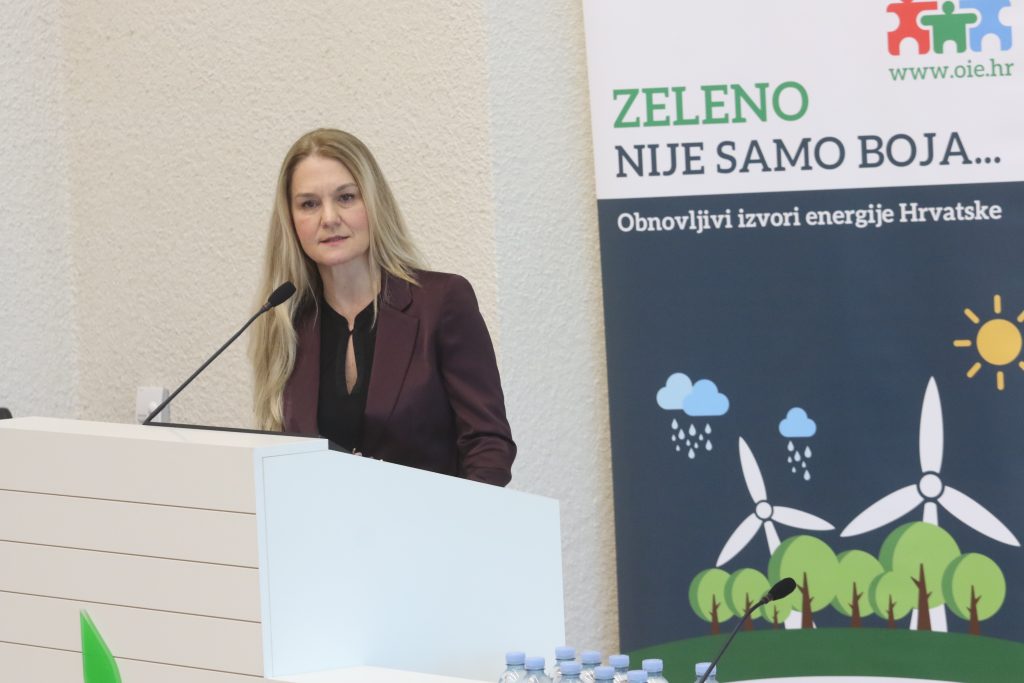
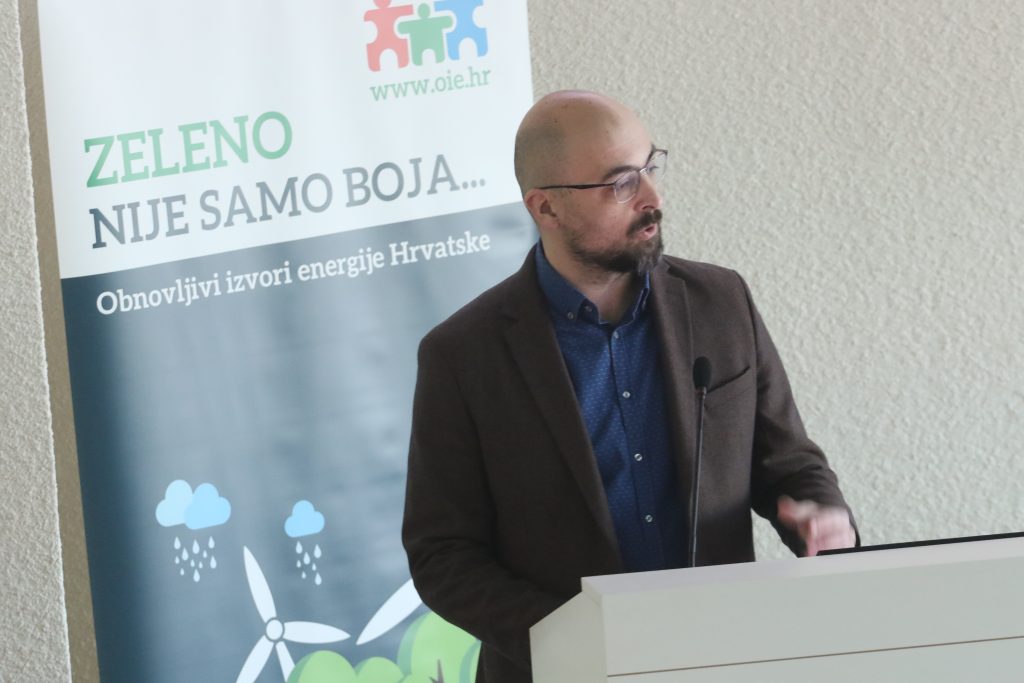
Mario Turković, director of Energovizija, the company that coordinated the study, gave an analysis of the agricultural potentials of agrisolars and highlighted the lands that, from an agronomic standpoint, can benefit from agrisolar power plants – these include vineyards, olive groves, orchards, and fishponds. He reminded that legal regulations allow the installation of agro-solars on agricultural surfaces registered in ARKOD as permanent crops.
From the Faculty of Agriculture in Zagreb, Prof. Dr. Marko Karoglan and Assoc. Prof. Dr. Goran Fruk emphasized how orchards and vineyards with solar panels compete for the same energy source, the sun, but also, research has also shown that partial shading with solar panels can help protect these cultures from climate changes. They reminded us that harvests every year start much earlier than before.
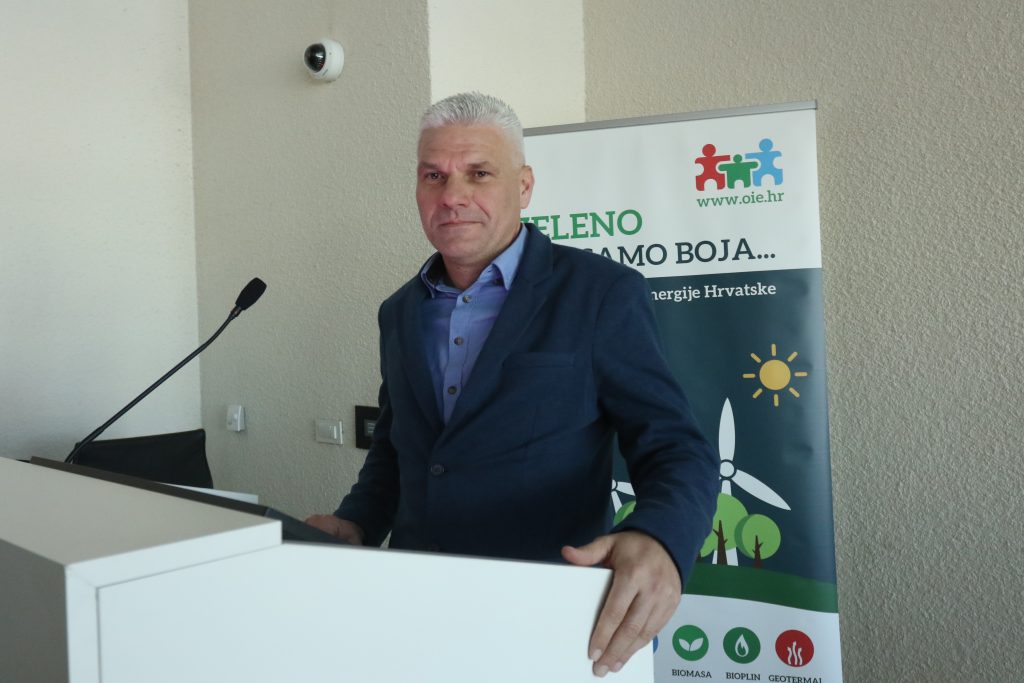
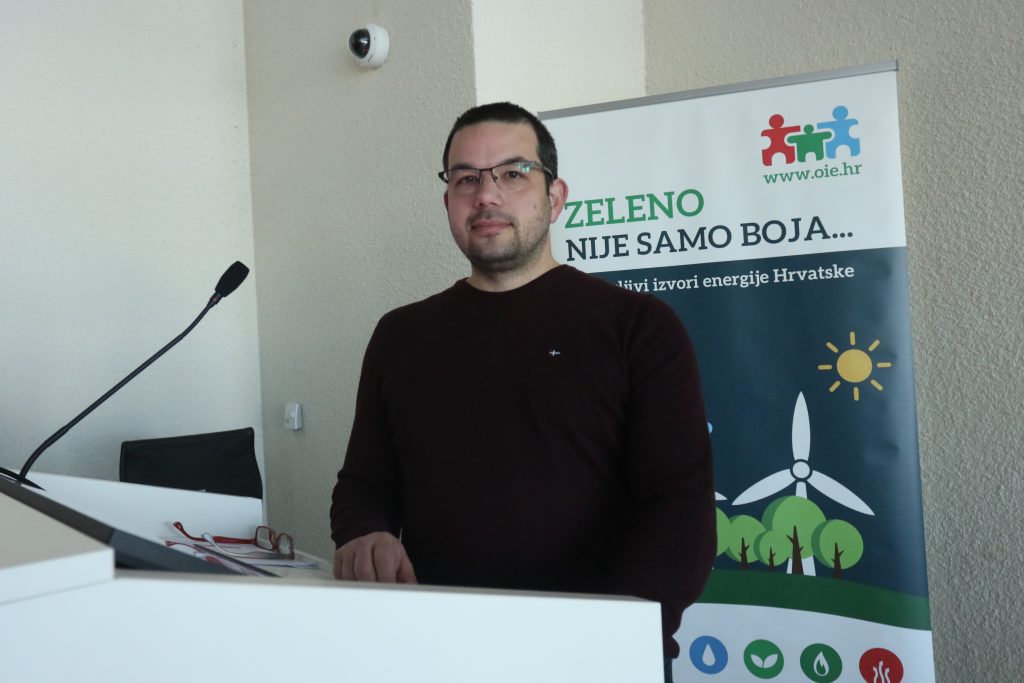
Spatial-planning, legal, and agricultural aspects of implementing agro-solar power plants were presented at the conference by Dr. Margareta Premužić from the Ministry of Physical Planning, Construction and State Property, Sanja Ivelj from the Ministry of Economy and Sustainable Development, and Lana Bačura as a representative of the Ministry of Agriculture. Legal regulations have defined what agro-solar power plants are and where they are possible, requests for their construction are arriving, and soon the energy permit for the first agro-solar power plant is expected.
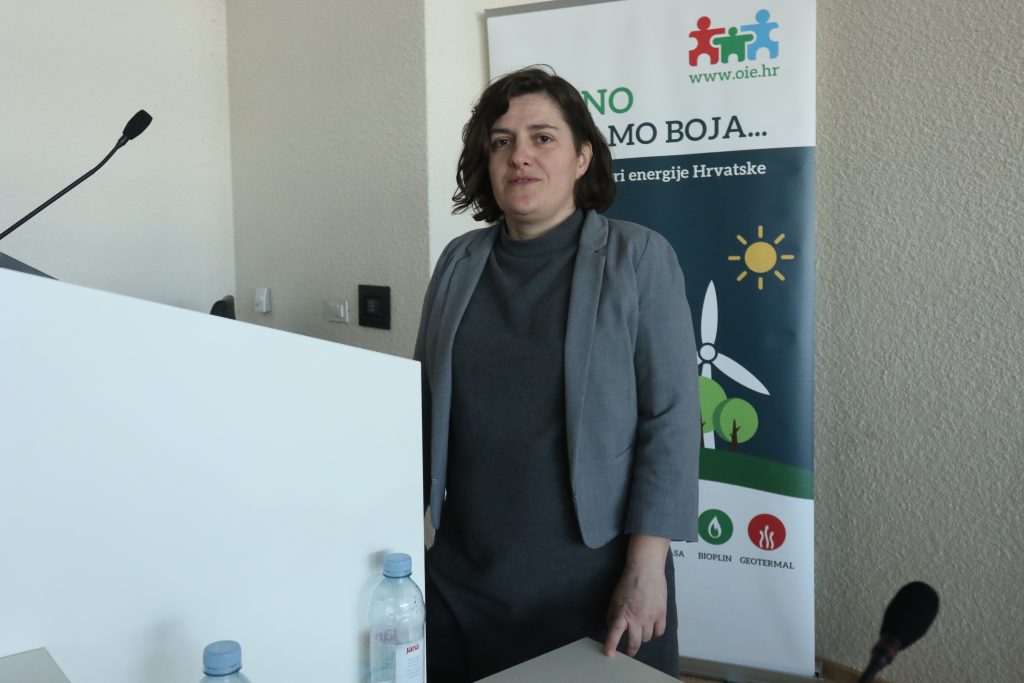
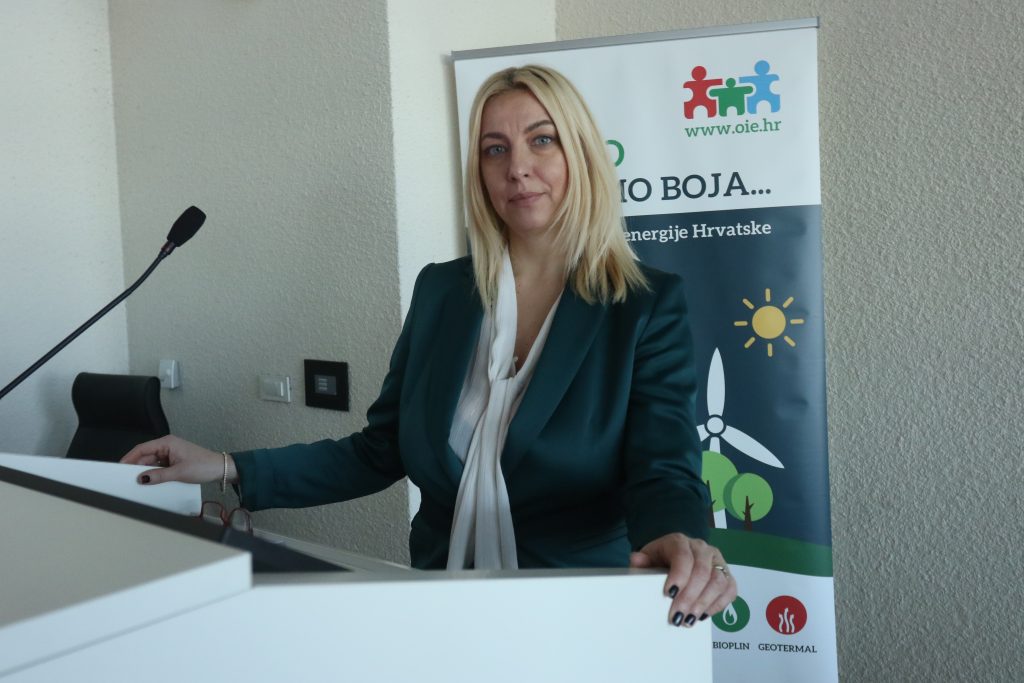
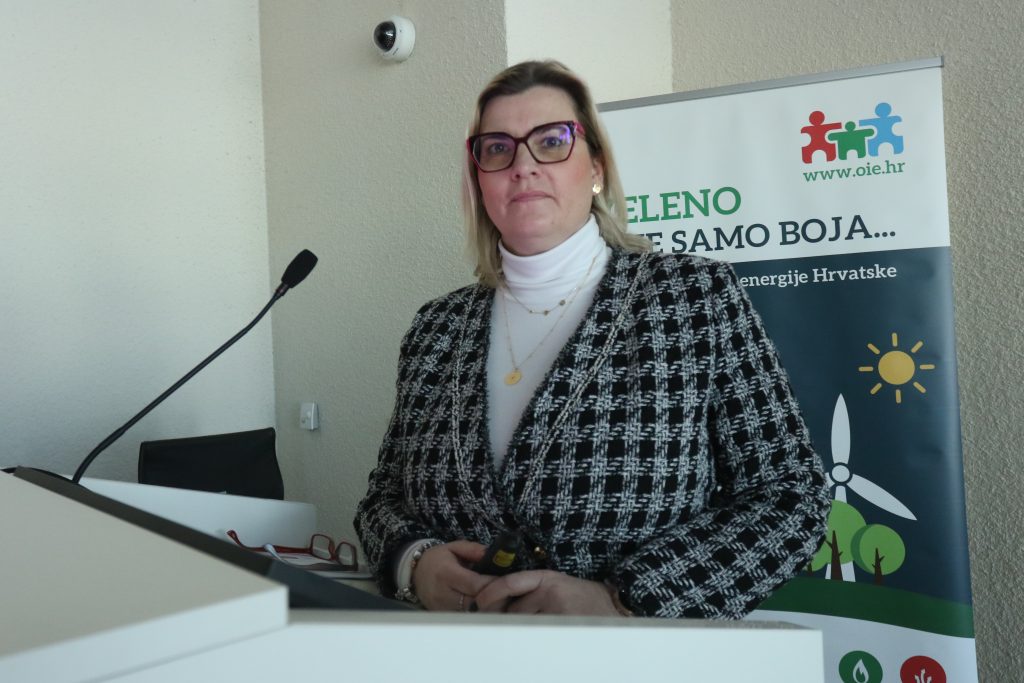
How an agro-solar power plant should look was demonstrated by examples by Dr. sc. Mislav Kontek, head of technology development at Energovizija, and Prof. Dr.sc. Davor Kralik, full professor at the Faculty of Agrobiotechnical Sciences Osijek. They noted that analyses have confirmed an increase in yield of over 10% with partial shading by solar panels in vine and apple crops and that the availability of arable land per capita in the world will decrease, and agro-solars offer us the alternative we need.
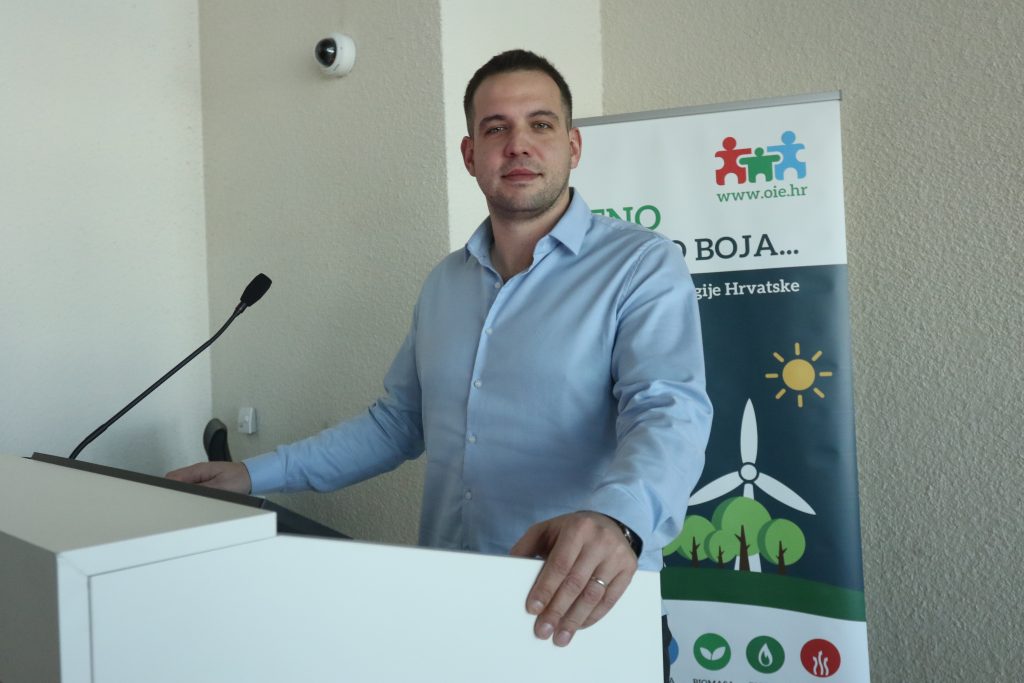
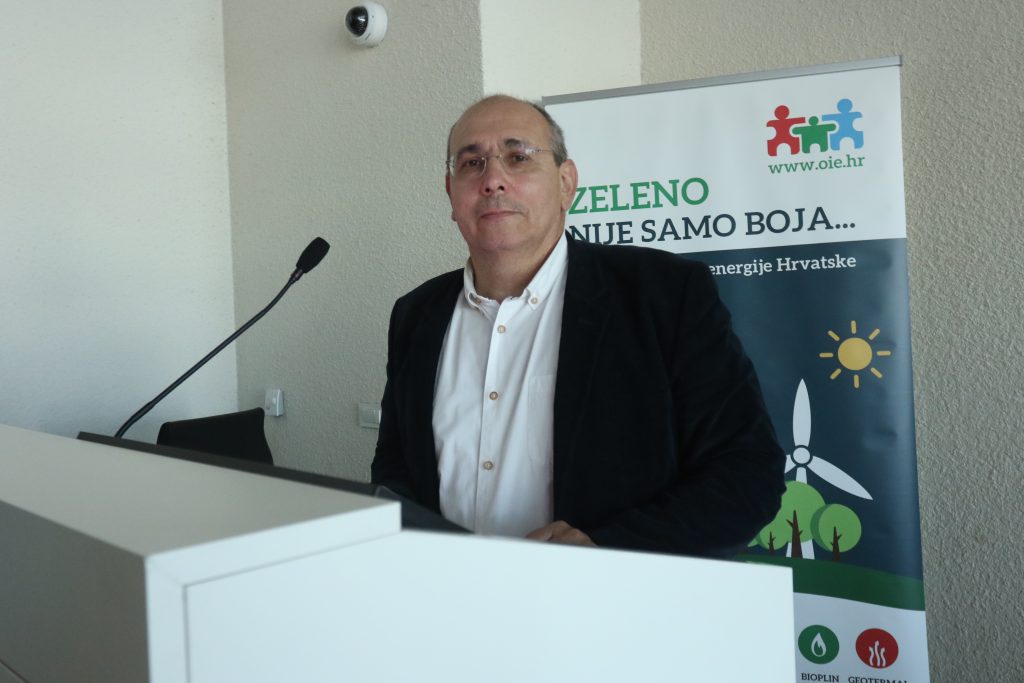
We will conclude with data from the “Study on the potential use of solar energy in the agriculture sector and freshwater aquaculture” – by using agro-solar power plants on just 1% of the total available agricultural surface in Croatia, which amounts to about 1000 hectares, alongside agricultural production, it could contribute to the total annual production of electricity of over 1000 GWh, which is three times more than the current production of electricity from solar in our country.










